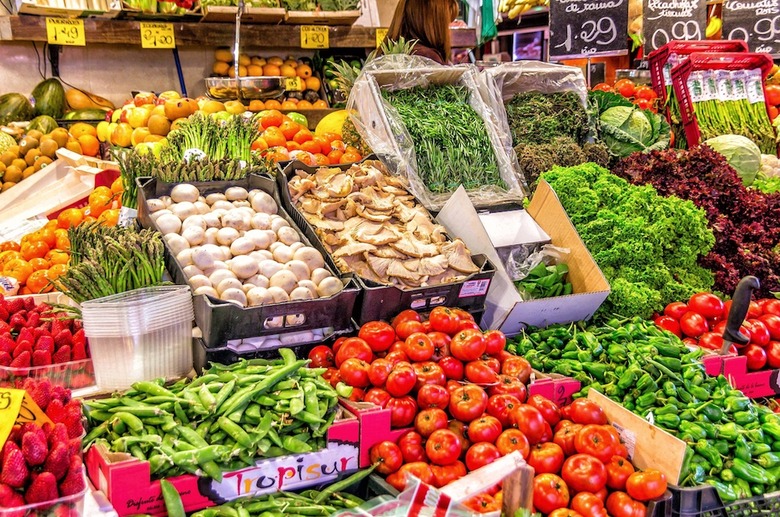How To Protect Yourself From The Coronavirus While Grocery Shopping
- Wearing a mask is the best thing you can do to avoid the coronavirus while shopping.
- Wearing gloves, however, is not necessary.
- Avoiding grocery stores during peak hours is advisable.
- Visit BGR's homepage for more stories.
Though the coronavirus is still ravaging many parts of the country, the pandemic has seemingly started to subside — ever so slightly — in some major U.S. cities. Over the weekend, for instance, Detroit for the first time in many weeks reported that they went a full day without a single coronavirus-related death.
Meanwhile, many states across the country have either reopened or are planning to reopen in the coming weeks. What this means that we'll see a lot more people venturing out in public as states loosen up stay-at-home directives and other safety measures initially enacted to keep the coronavirus contained.
It's important, though, to remain vigilant and safety-minded even as states begin to reopen. Especially with more people set to be out in public, there's a very real risk that we'll see a spike in coronavirus cases over the next few weeks. Recall that South Korea recently saw a huge uptick in coronavirus cases after the company opted to open up bars and nightclubs.
All that said, one of the more crowded and therefore risky places one can go is a grocery store. And because food is obviously a necessity, staying safe while shopping for food is incredibly important.
To that end, food virologist Erin DiCaprio recently penned a piece for The Conversation and laid out some common sense safety guidelines you should keep in mind the next time you need to stock up on groceries.
What's interesting is that DiCaprio articulates a number of misconceptions people tend to have about the coronavirus. For example, there's no need to go overboard when cleaning your food after bringing it home. Simply washing it under water is sufficient:
No, you do not need to sanitize your food when you get home, and trying to do so can actually be dangerous.
Chemicals and soaps are not labeled for use use on food. This means we do not know if they are safe or even effective when directly applied to food.
Moreover, some of these practices might create food safety hazards. For example, if you filled a sink with water and then submerged your vegetables in it, pathogenic microorganisms in your sink – say, trapped in the drain from the raw chicken you cut up the night before – might contaminate your produce.
Another misconception involves the use of gloves. While wearing gloves might seem like a smart move, DiCaprio explains that they might actually help spread the virus. Indeed, the CDC only advises wearing gloves when cleaning or taking care of someone who is sick.
How about touching food itself? Is it okay to touch an orange, for example, when it may have been touched by dozens of people earlier in the week? The answer to that question, surprisingly enough, is yes.
What you touch on the grocery shelves is less of a concern than who breathes on you and other surfaces you might come in contact with in a store. In fact, there is currently no evidence of the virus being transmitted by food or food packaging.
It's important to remember that the virus spreads most easily via droplets in the air. In other words, wearing a mask is the most important thing you can do to protect yourself from the coronavirus.
The CDC notes:
CDC recommends wearing cloth face coverings in public settings where other social distancing measures are difficult to maintain (e.g., grocery stores and pharmacies) especially in areas of significant community-based transmission.
Incidentally, many grocery store chains won't even let people in if they're not wearing a face covering. Some grocery stores have also instituted one-way aisles to prevent crowding. As a final tip, you should plan your grocery shopping at a time where the store will be less crowded and social distancing guidelines can more easily be adhered to.
